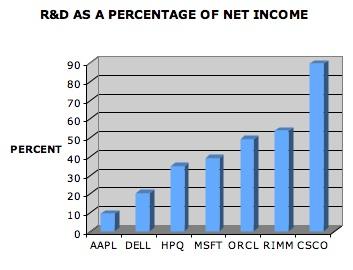I have had some interesting reactions to the blog post “The art of overcoming the lizard: make U-turn impossible for some time!“. Is the ‘no U-turn’ metaphor the right one? Actually the popular imagery for making sure you move forward and you can’t move back is ‘burning bridges’. I had thought using this image first, but actually that’s wrong!

Burning bridges (or boats) was a very common tactic from military generals that wanted to make sure their army would not flee – one of the most famous examples is Cortes burning the boats that had brought the conquistadores to America in 1519. Even since time immemorial that was a motivation tactics: in Sun Tzu’s The Art of War, we are told: “When your army has crossed the border [into enemy territory], you should burn your boats and bridges, in order to make it clear to everybody that you have no hankering after home.”
Is that really what you need to do? Right, after you burnt the bridge, the lizard brain can say what it wants, you need to move forward, or at least you can’t move backwards. But you have severely reduced your options; you might also have alienated a number of people, which will have negative influences in your future activities.
 I believe it is enough to make sure you are in a “no U-turn” situation that makes sure you have to cross the bridge and taste the air on the other side. In particular when the “no U-turn” situation is linked to your ego, it is enough to calm down the lizard (I just resigned, I’m not going to come back to beg for my position, do I?).
I believe it is enough to make sure you are in a “no U-turn” situation that makes sure you have to cross the bridge and taste the air on the other side. In particular when the “no U-turn” situation is linked to your ego, it is enough to calm down the lizard (I just resigned, I’m not going to come back to beg for my position, do I?).
So, simple piece of advice: don’t ever burn your bridges unless you are really compelled to to tame an insistent lizard brain. And that should never happen in normal life, only in life-and-death situation.
Take the highway and don’t look back, that’s enough!









